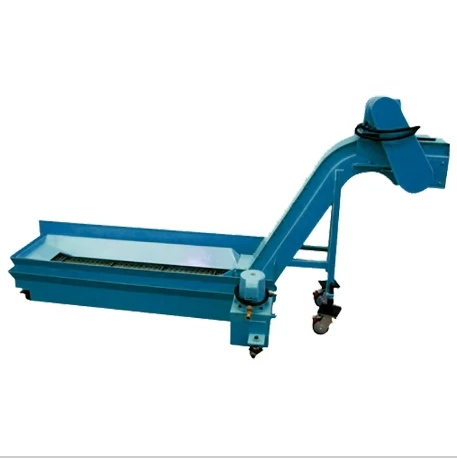drag chain size chart
Understanding Drag Chain Size Charts A Comprehensive Guide
In various industrial applications, particularly those involving automated machinery and robotics, drag chains play a crucial role in safeguarding and managing cables and hoses. These chains ensure the safe and efficient organization of these components, preventing tangling and damage during operations. A fundamental aspect of using drag chains effectively is understanding the drag chain size chart, which provides essential information on selecting the right size for your specific needs.
What is a Drag Chain?
A drag chain, also known as a cable carrier or energy chain, is a type of flexible conduit designed to protect and manage moving cables or hoses. Typically constructed from plastic, metal, or a combination of materials, drag chains are engineered to withstand dynamic movements in machinery, ensuring that the cables or hoses are kept in a designated path, thereby minimizing wear and tear.
Importance of Drag Chain Size
Choosing the appropriate size of a drag chain is critical for several reasons
1. Motion Range The drag chain must accommodate the full range of motion required by the machine or robotic arm. If the chain is too short, it can lead to cable strain, while a chain that is too long can lead to excess slack, increasing the risk of tangling.
2. Cable Protection A correctly sized drag chain effectively protects cables from fraying and damage due to repetitive motion and environmental factors. This extends the lifespan of the cables, reducing maintenance costs and downtime.
3. Space Optimization Industries often operate in confined spaces. Selecting the right drag chain size ensures efficient use of available space, promoting better organization and access to cables.
How to Use a Drag Chain Size Chart
drag chain size chart

A drag chain size chart serves as a valuable tool for determining the most appropriate chain for your application. Here’s how to effectively utilize this chart
1. Identify the Cables or Hoses Start by noting the type and number of cables or hoses that need to be accommodated within the drag chain. Measure their diameters and consider any additional space required for bends and movements.
2. Consider the Application Requirements Determine the dynamic movement and environment in which your drag chain will operate. Factors such as travel distance, speed, acceleration, and environmental conditions (e.g., exposure to chemicals, UV light, or extreme temperatures) will influence your selection.
3. Refer to the Chart Drag chain size charts typically outline various specifications, including inner widths, heights, bending radii, maximum fill weights, and travel lengths. Match your requirements with the specifications provided in the chart to identify suitable chain sizes.
4. Evaluate the Chain Material Depending on the conditions of your application, you may need to choose between different materials. For instance, lighter materials may offer better flexibility, while more robust options could provide enhanced durability under harsh conditions.
5. Consult with Manufacturers or Experts If you're uncertain about the best choice, it's always advisable to consult with manufacturers or industry experts who can provide insights based on your specific application and offer recommendations aligned with industry standards.
Conclusion
In conclusion, understanding drag chain size charts is essential for anyone involved in industrial automation or machinery operation. The selection of the appropriate drag chain size not only ensures the efficient functioning of cables and hoses but also contributes to the overall longevity and reliability of the systems in use. By carefully assessing your needs and utilizing the drag chain size chart effectively, you can optimize your cable management solutions, reduce downtime, and enhance operational efficiency.
In an era where every component plays a pivotal role in the overall productivity of machinery, investing time in understanding and selecting the right drag chain is a step towards ensuring seamless operations and minimizing maintenance challenges. Whether your application involves robotics, conveyor systems, or any other moving machinery, the right drag chain can make all the difference.








